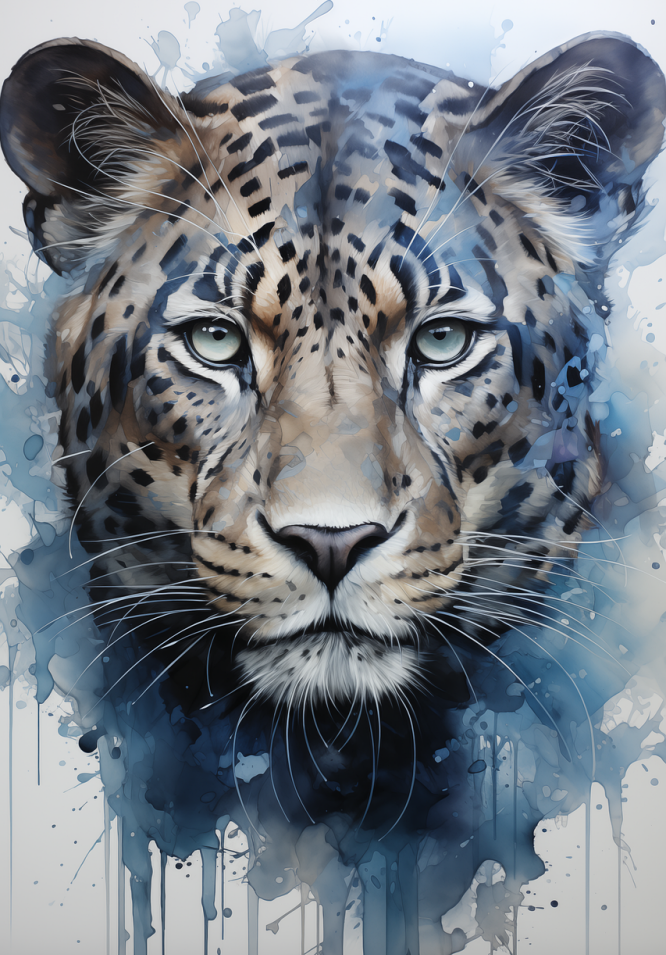Understanding The Evolution Of Fine Art Through The Ages
Art’s been a buddy to humans for thousands of years, popping up with cave paintings, carvings, and cool artifacts. Ancient folks didn’t just make art for giggles—they used it as a way to connect with something bigger than themselves.
Ancient civilizations were real trendsetters in the art world. Think about the Egyptians with their iconic pyramids and intricate tomb paintings, or the Greeks who made those famous statues that seemed almost alive. Art back then was a way to tell stories, record history, and pass on wisdom.
Religion and daily life were almost like BFFs back in the day. Art played a significant role in ceremonies and rituals, often painting a picture of what people believed was the “big picture” kind of stuff.
It wasn’t just about beauty—it was about expressing wild emotions and weaving cultural tales. Even in its earliest forms, art was all about the feels, capturing what life was like and what folks wished it could be.
From the cave paintings in Lascaux to the iconic sculptures of Mesopotamia, each piece and style was a snapshot of a specific time. It’s like time travel—through art, we can see what intrigued people long ago and get a hint of how they interpreted their world.
The Renaissance: Revolutionizing Art
The Renaissance was like a massive cultural reset button that ignited a new era of art. Popping up in Italy around the 14th century, this period was all about rediscovering the classics while mixing in some fresh new vibes.
During this time, artists became celebrated figures, almost like today’s rock stars, shaping the way their societies viewed beauty, science, and philosophy. The explosion of creativity brought us icons like Leonardo da Vinci, Michelangelo, and Raphael. These artists crafted works that still get us buzzing with excitement.
Techniques leaped forward as artists experimented with perspective, light, and anatomy to create more realistic representations. Frescoes, sculptures, and paintings came alive like never before, with the human figure now central to the artistic narrative. It’s like they unlocked a whole new level of art realism that hadn’t been seen before.
The subject matter took a noticeable shift, moving from purely religious themes to explore humanist ideas. Artworks celebrated human potential, individualism, and the many facets of life, love, and the natural world, reflecting the changing attitudes of the time.
The Renaissance set the stage for art to become a reflection not just of religious beliefs but also of human achievement and individuality. This transformative era opened the doors to future artistic movements, proving that art has the power to revolutionize the way we see our world.
Modern Art Movements: Breaking Conventions
As the world shuffled into the 19th and 20th centuries, art shook off many of its old rules. In the hustle and bustle of industrialization, a huge shift took place where artists wanted more freedom to experiment and express themselves in unexpected ways.
This period saw the rise of groundbreaking movements like Impressionism, which challenged the norms by capturing moments as they appeared to the eye—a fleeting glimpse of modern life. Then came Cubism, where figures and landscapes were deconstructed into geometric forms, shifting art into a realm of abstraction.
Abstract Expressionism later took the stage, focusing on the spontaneous, chaotic, and intense emotions in its visual style. These movements weren’t just rebellious phases; they were dramatic shifts in how art was created and perceived. They pushed the boundaries of creativity, breaking away from realism to explore more profound, often conceptual interpretations of life.
Technological advances and the fast-paced changes in society forced a rethink in artistic expression. Artists such as Pablo Picasso and Jackson Pollock were pivotal in these movements, making waves by shattering conventions and introducing bold new ideas.
Modern art’s impact went beyond canvases and galleries—its reach into everyday culture and society told us that change was inevitable and desirable. These movements sparked the idea that art could be about more than just replicating reality—it could question it, interpret it, even turn it inside out.
Contemporary Art: Innovation and Inspiration
Jumping to the present day, the world of contemporary art is a playground of innovation. Today, artists are bending the rules even further by embracing new technologies and materials while still holding to art’s roots as a form of human expression.
Let’s talk 3D sculptures. Artists now craft jaw-dropping pieces using more than just the traditional stone or metal. Imagine a sculpture combining elements like wood, plastic, and even digital projections—a blend of the tangible and the virtual that captures the chaos and excitement of our times.
Technology is a game-changer. From virtual reality installations to AI-generated masterpieces, art now incorporates more tools than ever before, challenging perceptions and inviting interactive experiences. It’s cutting-edge stuff that merges science with the soulful.
Breaking down barriers between cultures and ideas, contemporary art reflects the societal shifts and global dialogues happening around us. Just as Picasso shook things up in his day, today’s artists are reshaping how we perceive the world, often with a global audience in mind.
Take a closer look at a contemporary 3D sculpture, and you’ll see more than just materials fused together. It’s a message, a perspective, a piece of the artist’s mind, challenging us to see beyond the surface. This exploration isn’t just about looking—it’s about seeing and questioning.
In a world continuously on the move, contemporary art proves that creativity knows no bounds. It invites us all to be part of an ongoing conversation, where the digital meets the analog, tradition meets technology, and the only rule is to rethink what art can be.

Leave a Reply